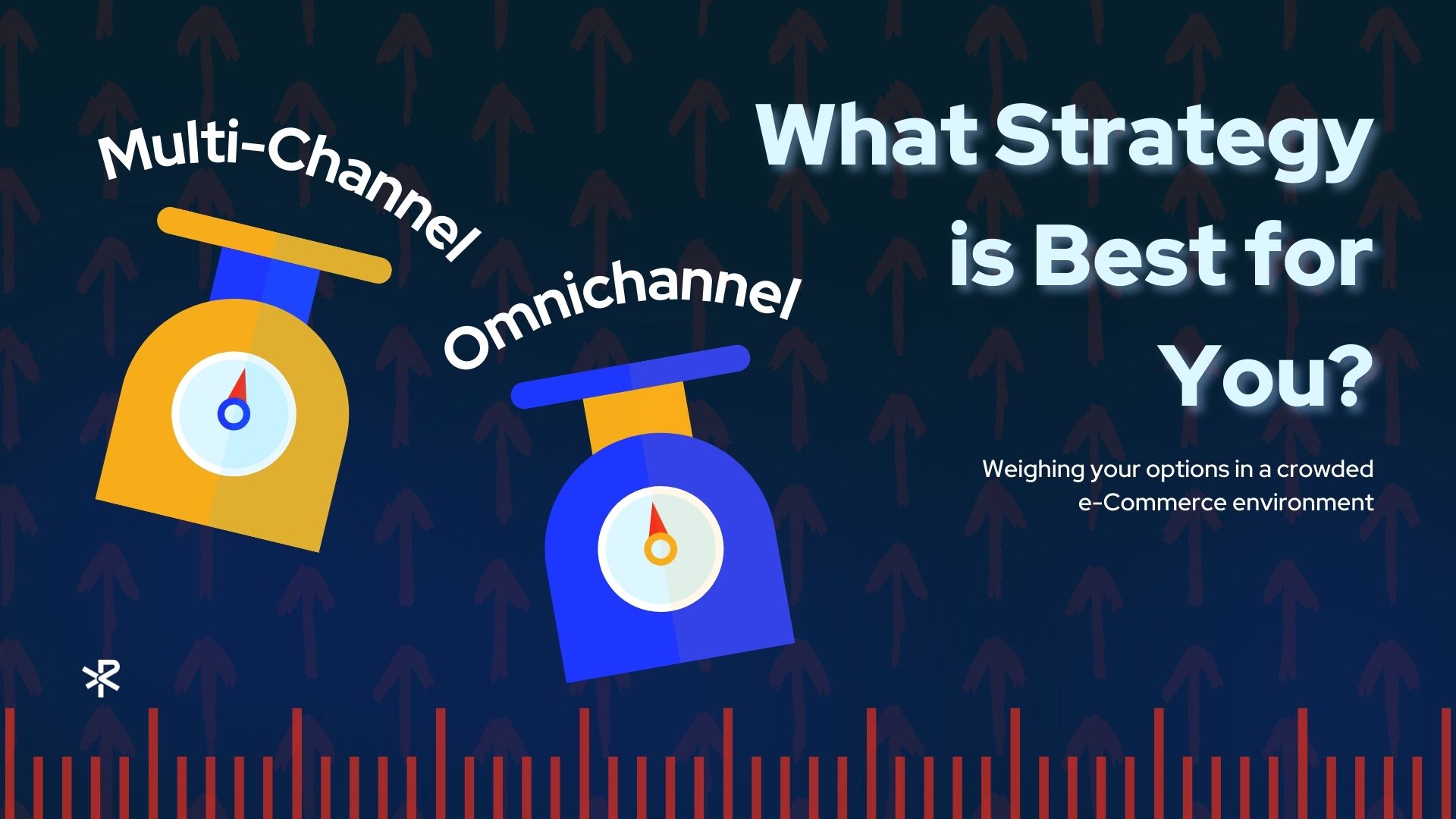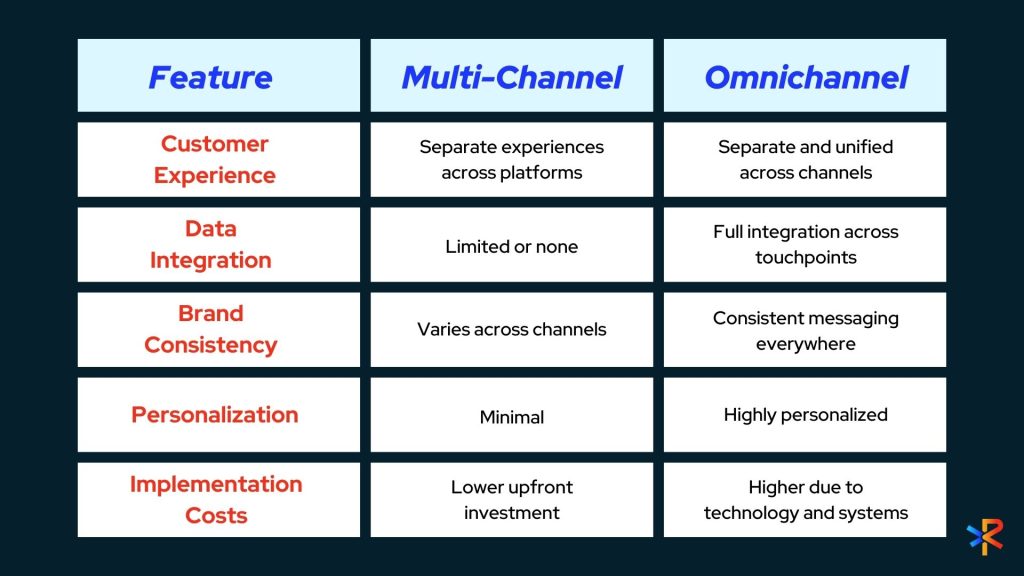Meghan Lowery is a Digital Marketing Analyst at Rebelution e-Commerce. She specializes in data-driven strategies that boost brand growth. With expertise in SEO and social media marketing, Meghan helps brands thrive in the digital landscape.
RebelBlog
Multi-Channel vs. Omnichannel: Best E-Commerce Strategy

In today’s competitive e-Commerce landscape, choosing between multi-channel and omnichannel strategies can make or break your business. Both approaches aim to grow sales, but they do so in different ways. Understanding the differences is key to selecting the right path for your brand.
Let’s dive into how each strategy works, along with the benefits and challenges they bring.
What is Multi-Channel E-Commerce?
Multi-channel e-Commerce involves selling products across various platforms. These can include your website, marketplaces like Amazon or eBay, and social media channels.
Each platform operates independently, and customer interactions remain separate.
Benefits of Multi-Channel
- Broader Audience Reach: By selling on multiple platforms, you expose your products to more customers.
- Customer Flexibility: Shoppers can choose their preferred purchasing method, increasing the chances of conversion.Risk
- Diversification: Relying on a single platform is risky. Spreading sales across channels reduces that risk.
Challenges of Multi-Channel
- Siloed Data: Customer data is fragmented, making it hard to get a full view of their journey.
- Inconsistent Brand Messaging: Each platform might present your brand differently, which can confuse customers.
- Operational Complexity: Managing multiple sales platforms requires more time, resources, and coordination.
What is Omnichannel E-Commerce?
Omnichannel e-Commerce creates a seamless experience across all sales channels. Whether a customer shops online, in-store, or on a mobile app, their experience is consistent.
This strategy integrates customer data across all touch-points, ensuring a unified approach.
Benefits of Omnichannel
- Consistent Customer Experience: Shoppers enjoy a seamless experience across platforms, leading to higher satisfaction.
- Data Integration: All customer interactions are connected, providing deeper insights for personalized marketing.
- Improved Loyalty: A frictionless experience encourages repeat purchases and builds stronger customer loyalty.
Challenges of Omnichannel
- Higher Costs: Implementing an omnichannel strategy requires investment in technology, such as CRM and inventory systems.
- Complex Setup: Achieving full data integration across platforms takes time and technical expertise.
- Operational Overhaul: Switching from multi-channel to omnichannel often means rethinking logistics and processes.
Multi-Channel vs. Omnichannel: Key Differences
Which Strategy is Right for You?
Choosing between multi-channel and omnichannel depends on your goals and resources.
If you want to reach more customers quickly, multi-channel is a solid choice. It’s also easier and cheaper to implement. However, if you’re focused on customer experience and loyalty, omnichannel is more effective, but it requires a larger investment.
Both omnichannel and multi-channel e-commerce strategies have their advantages. Multi-channel helps you expand faster by using various platforms, while omnichannel focuses on creating a seamless and connected customer experience.
At Rebelution E-Commerce, we help brands develop the best approach for their goals. Whether you’re looking to grow across new platforms or deliver a unified shopping experience, we’ve got you covered. Contact us to learn more about how we can help your business thrive.




